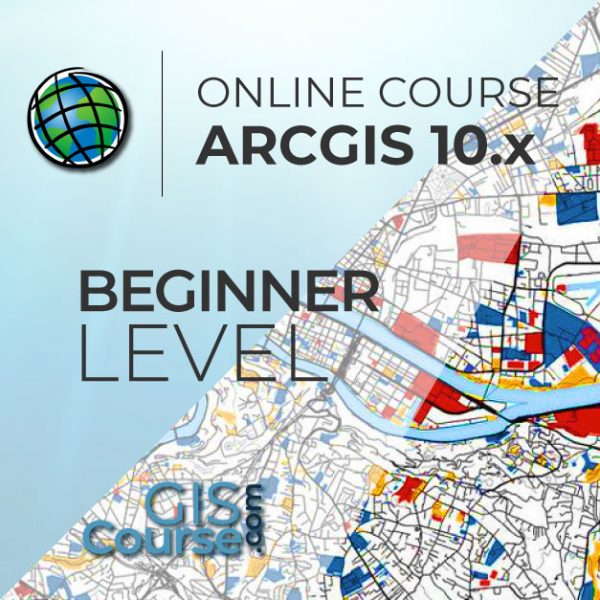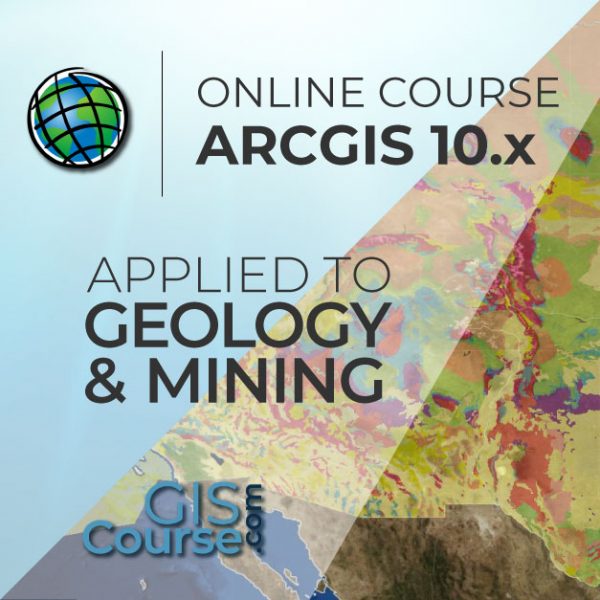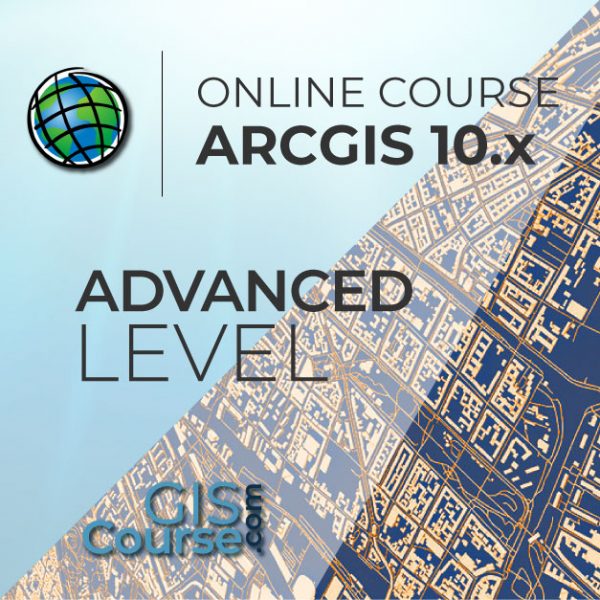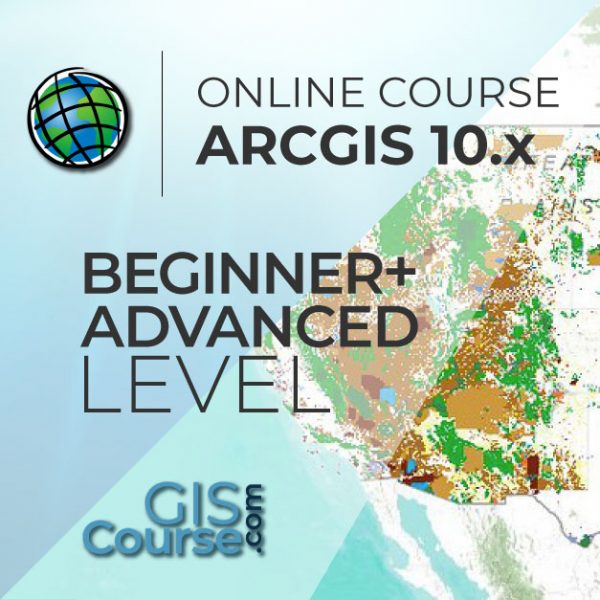QGIS COURSE, ROUTE ANALYSIS, FINDING THE SHORTEST PATH
ONLINE TRAINING
START DATE: AVAILABLE SOON (140 hours)
PRICE: 400 € (Standard fee) | 360 € (Student / Unemployed fee)
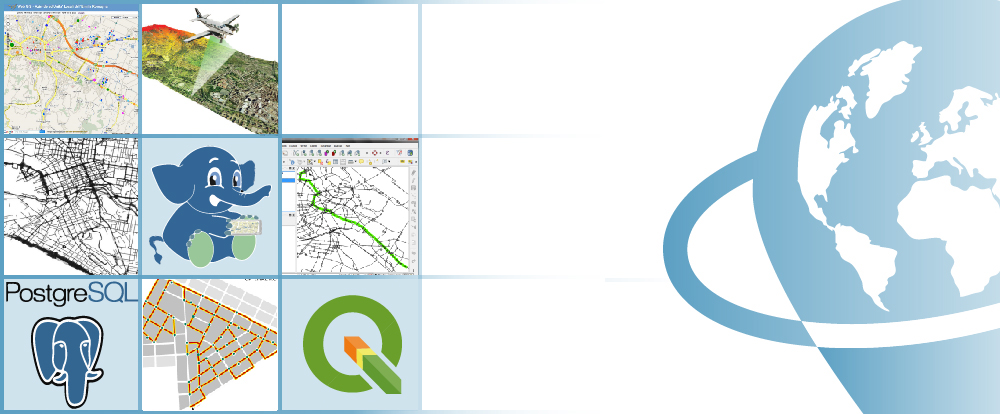
The objective of this course is to initiate the student in route analysis using QGIS. The training material approach also information about: geoprocessing tools, mapping basic concepts, performing spatial analysis.
Two additional modules: Introduction to Relational Databases with PostGIS/PostgreSQL and Programming using Python are included.
Enrolled students in this online course will have access to our virtual e-learning platform (which is available 24 hours), where they will find the content of the course, practical exercises, forum discussion and additional content. One of the advantages of this online platform, is that students can benefit of real time support and assistance offered by the instructor (2 hours per week), whom they can contact via direct messages, regarding course related issues, at any moment. They can also contact the instructor via email.
- Highlight the importance and utility of a Geographic Information System (GIS), its integration and applicability in a variety of professional sectors.
- General overview about the basic skills needed in QGIS and GRASS GIS handling and essential concepts used by a GIS system.
- Learn about GIS key tools in an appropriate and professional way, usage of vector and raster data information in order to develop complex spatial analysis.
- Find about all possible difficulties which you may encounter in the execution of GIS projects, and their solutions through practical exercises.
- Gain experience in data preparation, layout development, map creation and high quality products delivery.
- Start programming with Python and develop your own complex tools to facilitate your work.
1 - INTRODUCTION IN GEOGRAPHICAL INFORMATIONAL SYSTEMS
- Basic concepts and definitions
- Capabilities and applications of Geographic Information Systems
- Geographic information: vector data models, raster data models and other data models (CAD, TIN, etc.). Main characteristics, advantages and disadvantages of each data model
- QGIS graphic interface presentation
2 - DATA VISUALIZATION
- First steps in QGIS
- Operations in attribute table
- Query and search tools
- Selection tools
- Symbology in QGIS
- Labeling and how to add text on a map
3 - COORDINATE SYSTEMS, PROJECTIONS AND IMAGE GEOREFERENCING
- Introduction to Coordinate Systems and Projections
- Definition of Coordinate System
- Coordinate Systems and Transformations
- Image georeferencing, CAD files and layers
4 - VECTOR DATA MODELS. GENERATE AND EDIT VECTOR DATA
- Generate and edit spatial information
- Select and export data from an existing vector layer
- Create a new point layer vector from coordinates points
- Convert shp files to CAD files
- Create and edit shapefiles
- Edit vectors, digitization
- Create and edit table information
5 - VECTOR DATA MODELS. TABLE RELATIONS
- Database design
- Database connections, combine tables with UNION
- Spatial joins, generate new statistics and new data using table and spatial data information
6 - GEOPROCESSING TOOLS AND SPATIAL ANALYSIS USING VECTOR DATA
- Vector geoprocessing tools, feature extraction, proximity and overlay analysis
- Create sampling grids
- Multi-Criteria Analysis, zonal statistics, optimal site location
7 - GENERATE CARTOGRAPHIC PRODUCTS
- How to generate maps and cartographic products
- Create maps using QGIS
8 - INTRODUCTION IN RELATIONAL DATABASES SYSTEMS
- Types of data that can be included in a database
- About installing PostgreSQL
- Create and manage data using PostGIS
- How to use PostGIS with QGIS, import and export shapefiles
9 - INFORMATION SOURCES AND RESOURCES FOUND ON WEB
- IDEE (Infrastructura de Datos Espaciales de Espana) Portal for regional, European and international data
- Download cartographic products
- Web map services
- Cartographic viewers
10 - INTRODUCTION TO NETWORK ANALYSIS WITH QGIS
- Definition
- Types of network
– Geometric
– Transport - Network components
– Arches
– Nodes
– Flows - Network Impedances
– Distances
– Time
– Speed
– Summary
11 - NETWORK GRAPH
- Introduction
- Road graph
– CNIG portal for spatial data download
– OpenStreetMap
– Download data from openstreetmap.org
– Download data using QGIS
– Geofabrik data
– Summary
– Digitization
– Intersection points - Set minimum attributes
– Length (Distance)
– Speed
– Time
– Direction (one way)
– Cost and reverse cost
– Summary - Spatial databases in QGIS
– PostgreSQL /PostGIS
– SQLite - Network topology
– Graph topology
– Topology in PostgreSQL/PostGIS
12 - ROUTE AND PATHS CALCULATIONS
- Introduction
– Necessary components
– Direct and indirect calculation
- Route calculation in PostgreSQL/PostGIS
– pgAdmin
– Algorithms used for route calculations
Dijkstra
Kdijkstra
Astar
Ksp
Trsp – with turn restrictions
– Computation of Isochrones in road networks
Drivendistance
Alphapshape
– Origin-Destination Matrix (Cost Matrix analysis)
TSP
- Route calculations in QGIS with Pgrouting



Alfonso Noriega Díaz
Why should we learn to use QGIS?
Geographic Informational Systems (GIS) are rapidly spreading and becoming an essential tool in many work fields including, engineering, environment, geography, geology and mining, emerging sciences, geomarketing. From all open source GIS software products, QGIS is the best due to, its large online support community, which always favor up to date status, continuous development of new capabilities, easy integration with other open source packages, improved performance with each release.
Do I need previous QGIS training?
No, the training course starts from the very beginning. You do not need any previous QGIS knowledge.
I do not have the software QGIS, what are my options?
QGIS it is a free, open source software that can be downloaded from the official website (http://www.qgis.org/en/site/). It is very simple to get and install it on your computer. However, in each course we have included a help manual that is come in handy if you want to download and install QGIS on your local machine.
Our online courses, are distributed via Moodle, the world’s most popular learning platform. It is a highly flexible Learning Management System that can be used to conduct and access courses, accomplish tasks of practical exercises, interact face-to-face to the teaching staff or benefit of support and resources at any time.
The online platform can be accessed 24 hours a day, in which the student will be able to ask for help at any given moment. The instructors will act as supervisors during all the training process, offering support for any possible difficulty encountered by the students along the course.
The course is structured in different modules, making it easy for the student to search for training material, download information, complete practical exercises and take assessments in order to verify their new gained abilities. The instructors will assist the students throughout all the course period, offering progressive help and information according to their evolution.
400 € (Standard fee) / 360 € (Student / Unemployed fee)*
*To enjoy this discount, you must include a copy of a document that proves your situation along with the registration form.
** If you want to know the price in other currencies, you can consult the following online converter: The Money Converter

Step 1. Request your registration to the training course completing the pre-registration document (Registration Form) and send it via email to training@tycgis.com.

Step 2. As soon as we receive it, we will send you an enrolment guide with the complete information to enroll in the course: dates, schedule, software needed for the course and the installation guide. The payment methods are included in this document.

Step 4. Once we receive the receipt, we will confirm your registration to the course via email.

NATIONAL WIRE TRANSFERS (INSIDE SPAIN):
ACCOUNT NUMBER: 0049 1809 222710347481 (Banco Santander)
BENEFICIARY: TYC GIS Soluciones Integrales SL
SUBJECT: “Student Name” and QGIS NETWORK COURSE ON
INTERNATIONAL WIRE TRANSFERS:
BANK NAME: Banco Santander
BANK ADDRESS: Glorieta Ruiz Jiménez 1, 28015 Madrid (España).
BENEFICIARY: TYC GIS Soluciones Integrales SL
BENEFICIARY ADDRESS: Calle Fuencarral 158, Entreplanta, Oficina 16-17 28010 Madrid (España).
ACCOUNT NUMBER: ES90 0049 1809 222710347481
SWIFHT: BSCHESMM – IBAN: ES90
If you have payment difficulties, contact us





 (20 votes, average: 4.85 de 5)
(20 votes, average: 4.85 de 5)